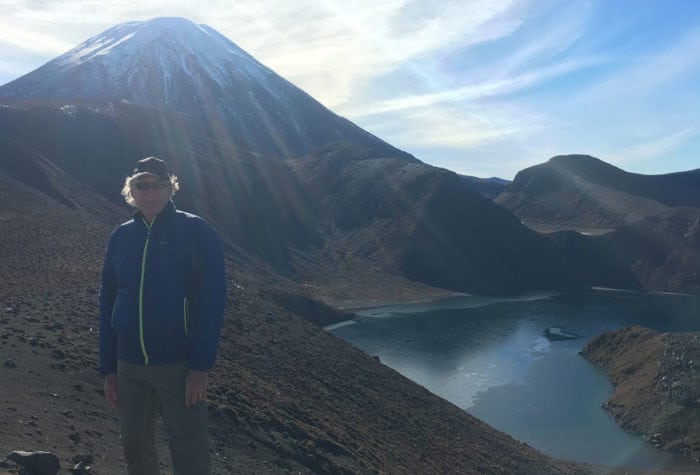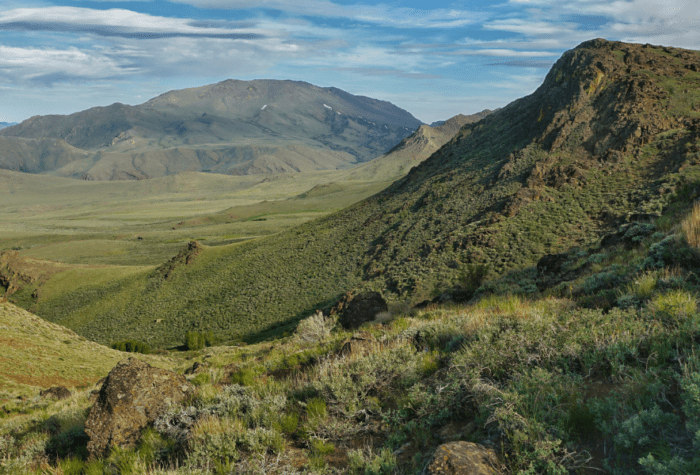It’s also fun to look for rodents and lagomorphs (hares, rabbits and pikas), as these busy little critters seem to be even more busy in spring.
For rodent-watching, watch for bushy-tailed wood rats (also known as pack rats) in cliffs and rocky outcroppings, and hollow or broken trees. Beaver, our largest rodent, create very obvious dams, lodges and big wetlands, and can be found throughout our riparian areas, but are especially obvious in several notable areas where ONDA volunteers have worked for decades.
Here are four places to look for beaver:
- along Pine Creek on the south side of OR 218 east of the John Day River adjacent to the Clarno Unit of John Day Fossil Beds National Monument
- on Bridge Creek north of Mitchell adjacent to the Painted Hills Unit of John Day Fossil Beds National Monument
- in the lower sections of Rock Creek on U.S. Hwy 26 as it flows down into the John Day River
- all over the upper Crooked River
For lagomorph-watching, pika are occasionally abundant in talus slopes and rock plies, usually facing north, where they can stay cool while foraging; look for small piles of neatly clipped and stacked “hay.” Pygmy rabbits are increasingly rare now, but you can sometimes still find groups of them in rich, brushy riparian zones. Jackrabbits (hares actually) are moving all over the sage lands now, too, and they’re amazing to see when they are frolicking in the warmer sunshine, or perhaps running away from you—“mad as a March hare” is an apt descriptor. Look for their prints in spring snows and muddy ground.
Since many of these small mammals are nocturnal, it can even be possible to observe them at night, if you have a good full moon.


